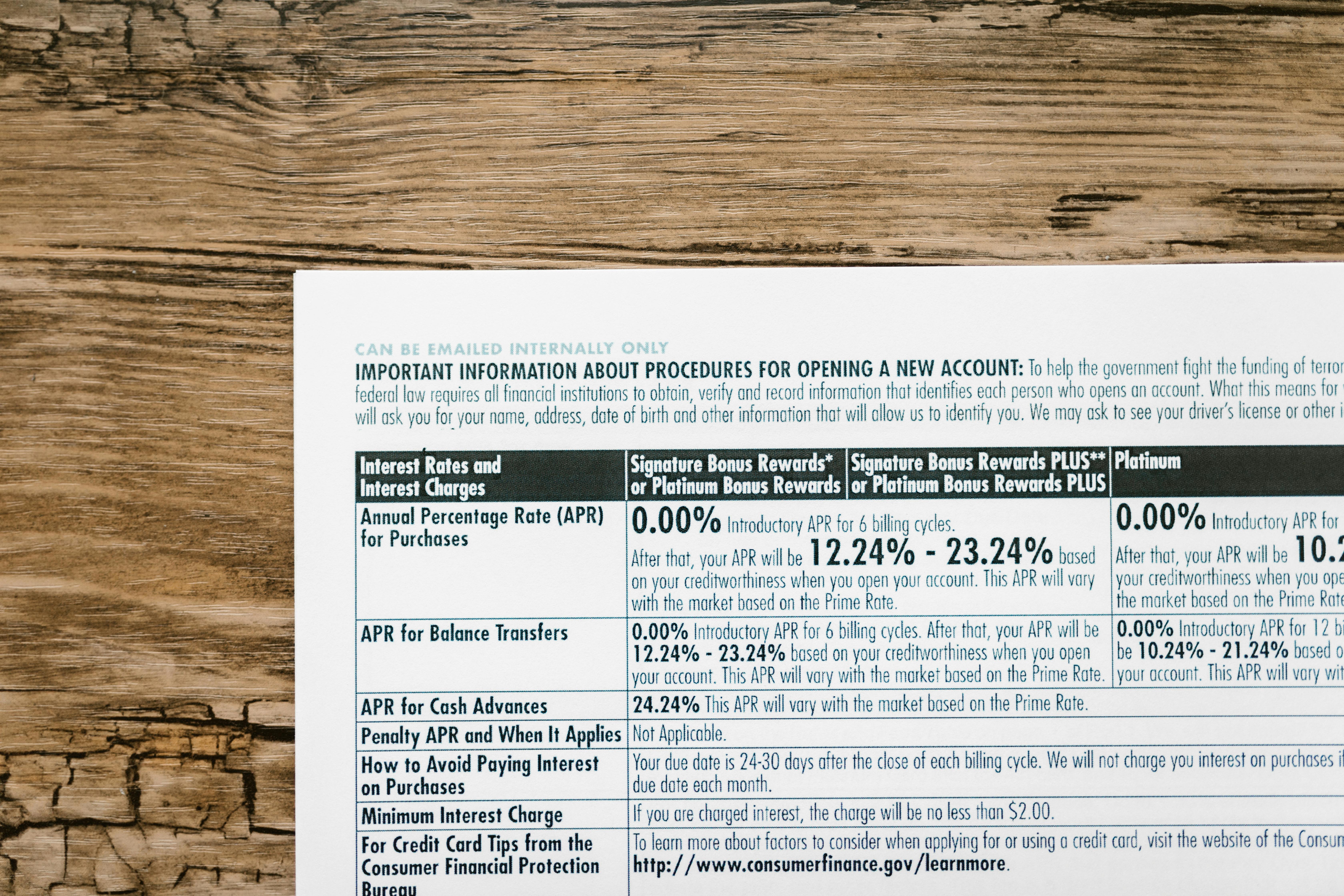The Return Of Credit Risk Transfers: Wall Street's New Favorite Strategy?

Wall Street is once again embracing a familiar strategy: credit risk transfers (CRTs). These financial instruments, designed to shift credit risk from one entity to another, are seeing renewed interest as the financial sector grapples with evolving market dynamics. While CRTs hold promise for improving risk management and boosting liquidity, they also raise concerns due to their complexity and resemblance to instruments linked to past financial crises. This article explores the resurgence of CRTs, the factors driving their popularity, and the debates surrounding their use.
What Are Credit Risk Transfers?
Credit risk transfers are mechanisms that allow financial institutions, such as banks and government-sponsored enterprises (GSEs), to offload credit risk to other parties, often through synthetic securities or derivatives. These tools redistribute the risk of borrower defaults, enabling institutions to free up capital while providing investors with new opportunities for returns.
CRTs typically take various forms, including structured securities backed by loans, reinsurance contracts, or credit derivatives. The key participants in CRT markets are banks looking to mitigate risk, institutional investors seeking higher yields, and insurers willing to assume risk in exchange for premiums.
Why Are CRTs Gaining Popularity Again?
The renewed interest in CRTs is largely driven by current market conditions. Rising interest rates and increased risks in lending markets have heightened the need for financial institutions to manage their exposure to potential defaults. CRTs offer a way to transfer this risk while maintaining lending activity.
Additionally, regulatory changes have encouraged banks to explore strategies like CRTs to improve their capital efficiency. For investors, CRTs provide an attractive proposition: access to high-yield investments that are less correlated with traditional equity and bond markets.
The Potential Benefits of CRTs
Advocates of CRTs argue that these instruments offer significant benefits:
- Improved Risk Management: By transferring credit risk, banks can reduce their exposure to defaults and enhance their ability to weather economic downturns.
- Liquidity Enhancement: CRTs facilitate risk distribution across a broader range of market participants, increasing market efficiency.
- Incentivizing Lending: Offloading risk enables financial institutions to extend more credit to borrowers, supporting economic growth.
The Hazards and Criticism
Despite their potential, CRTs come with risks that cannot be ignored:
- Opacity and Complexity: The intricate structures of CRTs can make them difficult to understand, increasing the likelihood of mispricing or mismanagement of risk.
- Systemic Risk: A significant reliance on CRTs could amplify systemic vulnerabilities, particularly if key market participants face financial stress.
- Parallels to Past Crises: Critics draw comparisons between CRTs and credit default swaps (CDSs), which played a central role in the 2008 financial crisis. Misuse or overreliance on CRTs could lead to similar outcomes.
Market Debate: Innovation or Risky Business?
The resurgence of CRTs has sparked debate among financial experts. Proponents view CRTs as innovative tools that enhance financial stability by redistributing risk and improving market liquidity. Critics, however, warn of moral hazard, arguing that CRTs could encourage reckless lending practices by banks, knowing that risks can be transferred elsewhere.
Regulators are also divided. While some see CRTs as a way to bolster market resilience, others caution against insufficient oversight, which could lead to the same vulnerabilities that precipitated past crises.
Conclusion
The return of credit risk transfers reflects Wall Street’s efforts to adapt to changing financial landscapes while seeking innovative ways to manage risk. CRTs hold significant promise for improving risk management, increasing market liquidity, and supporting economic growth. However, their complexity and potential to contribute to systemic risk highlight the need for transparency and robust regulatory oversight.
As CRTs gain traction, market participants must strike a balance between leveraging their benefits and mitigating their hazards. With lessons from the past still fresh, ensuring responsible use of CRTs will be critical to their success in shaping the future of financial markets.
Author: Ricardo Goulart
JPMorgan Deploys AI Chatbot To Revolutionize Research And Productivity
JPMorgan has deployed an AI-based research analyst chatbot to enhance productivity among its workforce, with approximate... Read more
Private Equity And Banks: The Complex Web Of Leverage
Private equity has emerged as a significant force in the global financial landscape, driving substantial growth and inve... Read more
Financial Watchdog Highlights Unresolved Vulnerabilities In Shadow Banking Sector
The world’s leading financial stability watchdog has issued a warning about the unresolved vulnerabilities within the ... Read more
JPMorgan And Small Caps Lead Market Rally: A Sign Of Economic Optimism
In a week marked by strong financial performance, JPMorgan Chase & Co. reported a 25% rise in profits, and US small-... Read more
Big Banks Vs. Regional Banks: The Battle For Market Share
The financial industry is a competitive landscape where big banks and regional banks vie for market share. Each type of ... Read more
The Evolution Of Philanthropic Advisory Services In Private Banks
The landscape of philanthropic advisory services provided by private banks has undergone a significant transformation. T... Read more

